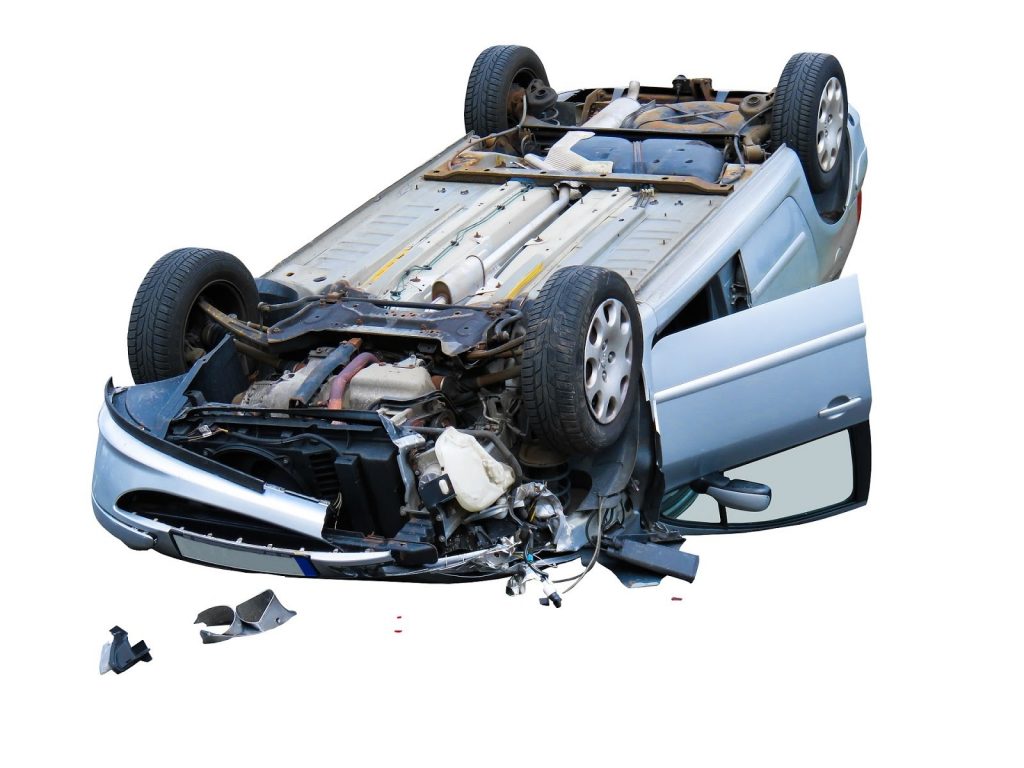Because car insurance can be expensive, most owners of new cars wonder if they need to add gap insurance to their monthly insurance expenses. To help you with the decision of buying gap insurance, we are going to outline when drivers need gap insurance and when drivers can do without adding gap insurance to their car insurance policies.
We will also answer all the questions you may have about gap insurance, such as “Does gap insurance cover death?”, or “Is it worth it to have gap insurance on an older car?”
What Gap Insurance Covers
So how does gap insurance protect drivers’ financial interests? If you total your car or your car is stolen, gap insurance will pay the difference between what your insurance company pays you and what is left on your lease or loan.
Most people know that your new car starts losing value the instant you drive off the lot, so it makes sense that if you total your car, the value your insurer pays you will be much less than the value on the original loan or lease.
For example, if your insurance company pays you $10,000 for your totaled car but you still owe $13,000 on your loan (the original value), gap insurance will pay the $3,000 difference so you can close your lease or loan.
For gap coverage to cover an accident, the car must be deemed a total loss by the insurance company. If it is not a total loss, then your other insurance coverages (such as liability or collision coverage) will pay for repairs. Gap insurance will not pay for deaths, disabilities, or lost wages after a car accident.
Since the last thing you want is to pay off a loan or lease on a car that is now in a junkyard, gap insurance is a worthwhile investment for new car owners to add to their insurance policies. You don’t want to skip buying a gap insurance policy and later have the missing coverage be one of the top reasons you’re falling short on your financial goals.
When Drivers Need Gap Insurance
Now that you know what gap insurance covers, it is fairly straightforward as to when drivers need to carry it. If you meet any of the criteria below, you should consider purchasing gap coverage:
- The car is less than three years old
- You are the original owner of the car
- You won’t be able to afford the financial fallout of an accident without gap insurance
If wrecking your new car in the first few years would create a heavy financial burden, you absolutely need to get gap coverage. You don’t want to be paying off $3,000 in loans for a totaled car because your insurer only covered $10,000 of the $13,000.
Gap insurance can be especially important to have since you will need money to invest in a new vehicle if your first car is totaled or stolen.
When Drivers Can Skip on Gap Insurance
If you are debating whether or not to purchase gap insurance, here’s a tip. Drivers can skip on gap insurance without financial repercussions in the following instances:
- The car is more than three years old
- The car is not loaned or leased (you own the vehicle outright)
Most insurers will not sell gap insurance on any car that is older than two to three years, as it is not worth it. Why? Most loans or leases are paid off in a few years, so there isn’t a huge difference between what is left on your loan/lease and the depreciated value of your car.
Where to Buy Gap Insurance
While most people think that gap insurance is optional, it isn’t always. Sometimes, your lender or leaser at the dealership will require you to buy gap insurance, as it protects their assets.
If this is the case, it is important that you avoid buying insurance from the dealership. But why is that?
Gap insurance from a dealership is always more expensive than gap insurance from your own insurer. Unless your dealership forces you to buy gap insurance from them, it is wise to sign up for gap insurance on your own policy, as it will be much cheaper.
If you don’t want to get gap insurance at your own insurer, you also have the option of getting gap insurance at a different insurance company. However, it is always best to stick to one insurer for coverage.
How to Save on Gap Insurance
If you are on the fence about buying gap insurance because of the added expense, don’t stress. Gap insurance is an add-on coverage, which means that it typically only costs a few extra dollars a month.
There are also plenty of ways to decrease costs on gap insurance which then reduces the cost of your monthly bills. The two best ways to save on gap insurance (as well as any car insurance coverage) are shopping for insurance rate quotes and getting discounts.
Compare Insurance Rates
The first trick, insurance rate shopping, is a great way to make sure you have the cheapest rates. After all, insurance companies are always competing with each other to steal customers, and one of the ways they do this is by offering sign-up deals and cheaper rates.
By checking for new rates every year, you can make sure you are with the best company.
Check for Insurance Discounts
Checking for new car discounts at your insurer is also a great way to save a few bucks. New cars often have better safety technology, which can earn you multiple safety feature discounts.
You can also earn discounts for your safe driving, combining policies, and more. So talk to your insurer about discounts and savings that you might be missing out on.
Be Prepared with Gap Insurance
If you have a new car that is loaned or leased, it is vital that you spend a few extra dollars to get gap insurance. Gap insurance will protect your financial investments no matter what happens.
Nobody can ever predict a car crash or when a thief will strike, so it’s important to purchase gap insurance during the first few years of ownership.
Otherwise, you may find yourself frantically researching ways to manage financial emergencies without going into debt or how eating less meat can increase savings so you can pay off loans after a car crash.

Rachel Bodine is an insurance expert who writes and researches for the auto insurance comparison site, BuyAutoInsurance.com.


